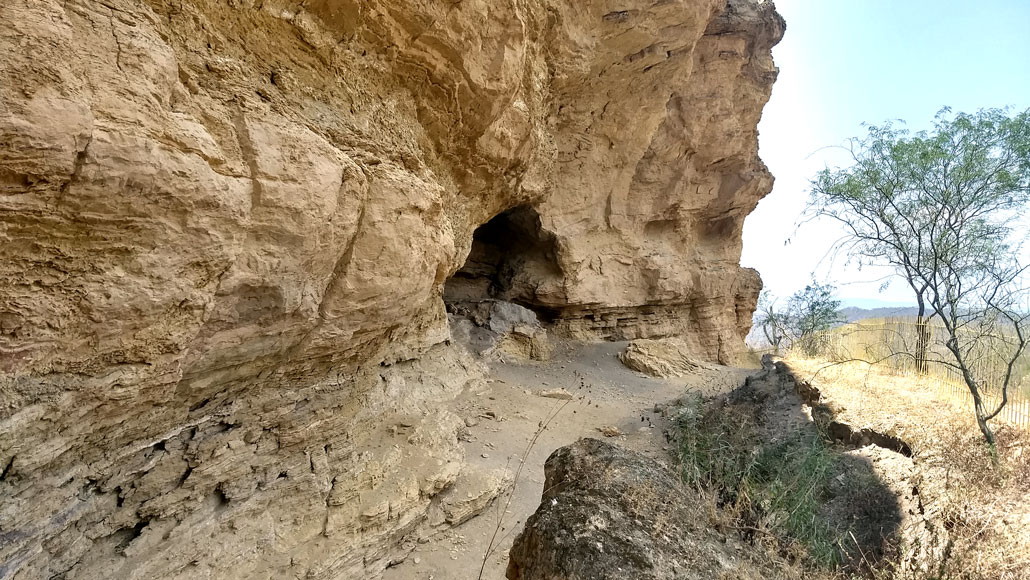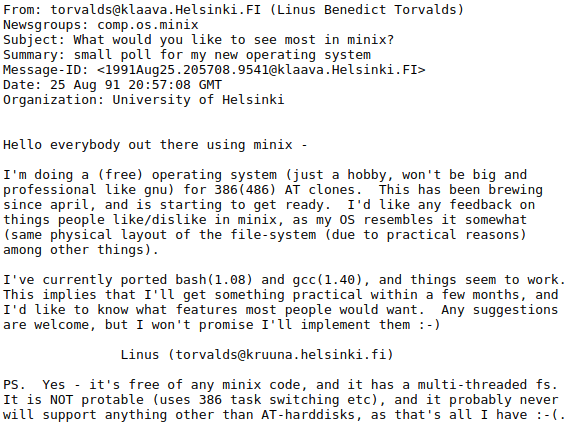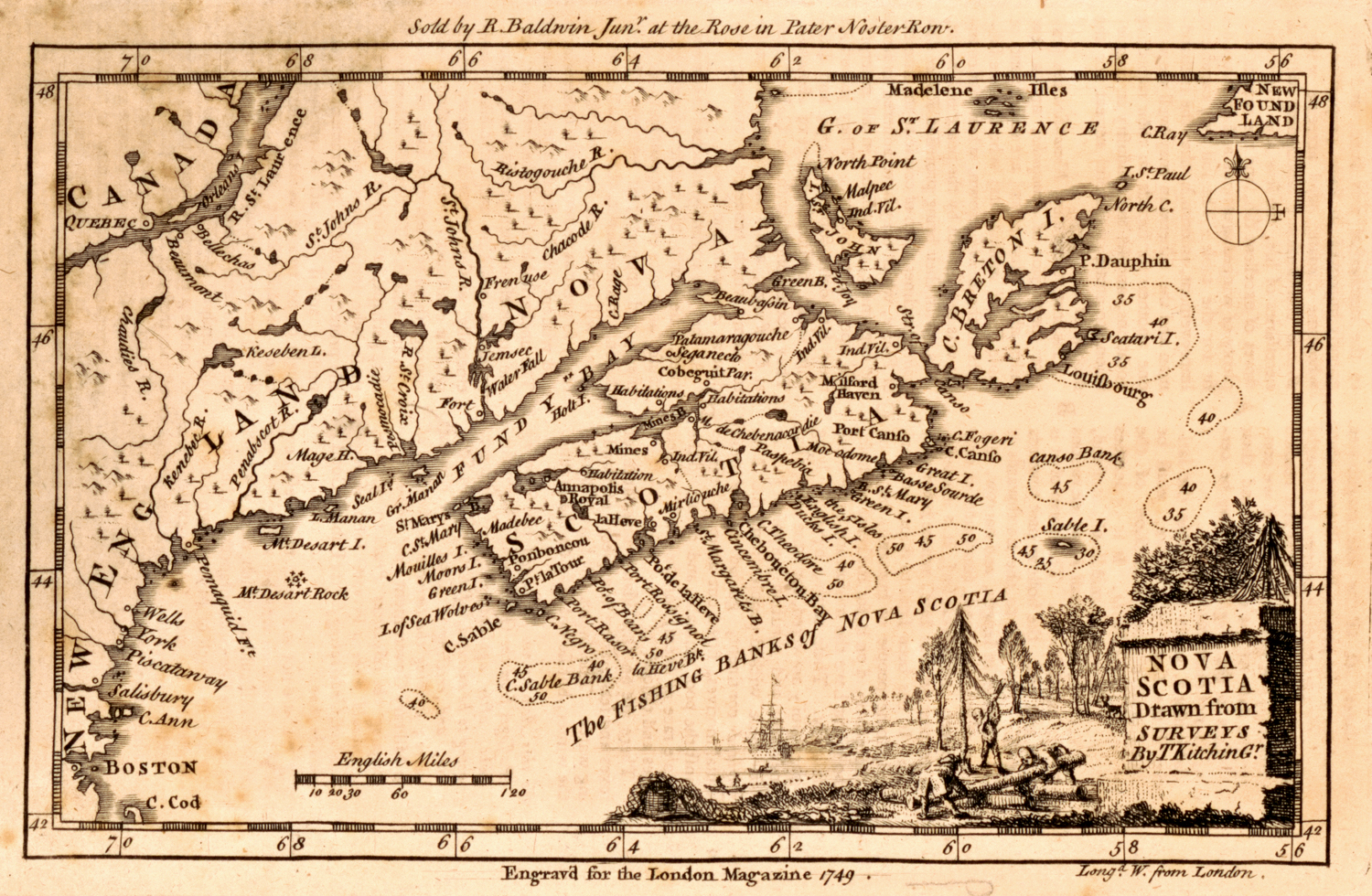
New clues suggest people reached the Americas around 30,000 years ago
New radiocarbon dates for rabbit bones excavated in the 1960s at Mexico’s Coxcatlan Cave (shown here) raise the possibility that humans lived there roughly 30,000 years ago.
Humans may have inhabited what’s now southern Mexico surprisingly early, between 33,448 and 28,279 years ago, researchers say.
If so, those people arrived more than 10,000 years before folks often tagged as the first Americans (SN: 7/11/18). Other preliminary evidence puts humans in central Mexico as early as around 33,000 years ago (SN: 7/22/20).
The latest evidence comes from animal bones that biological anthropologist and archaeologist Andrew Somerville and two Mexican colleagues found stored in a Mexico City lab. The bones had been excavated in the 1960s at a rock-shelter called Coxcatlan Cave.
Radiocarbon analyses of six rabbit bones from the site’s deepest sediment yielded unexpectedly old ages, the researchers report online May 19 in Latin American Antiquity. That sediment also contained chipped and sharp-edged stones regarded as tools by the site’s lead excavator.
Leave a Comment
Related Posts
'It is the Same Here as in Hiroshima and Nagasaki.' Serbians Suffer Long-term Effects of NATO Depleted Uranium Bombs
Comment




















